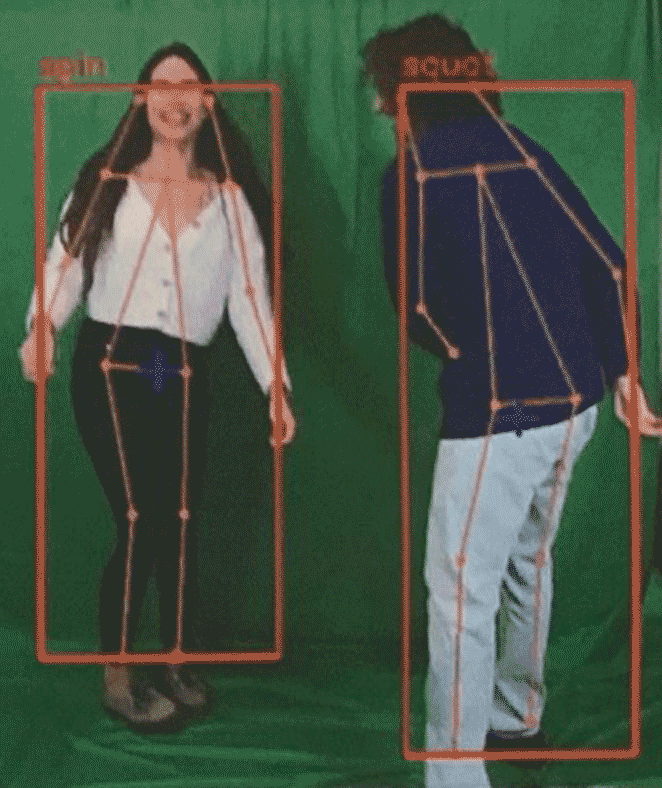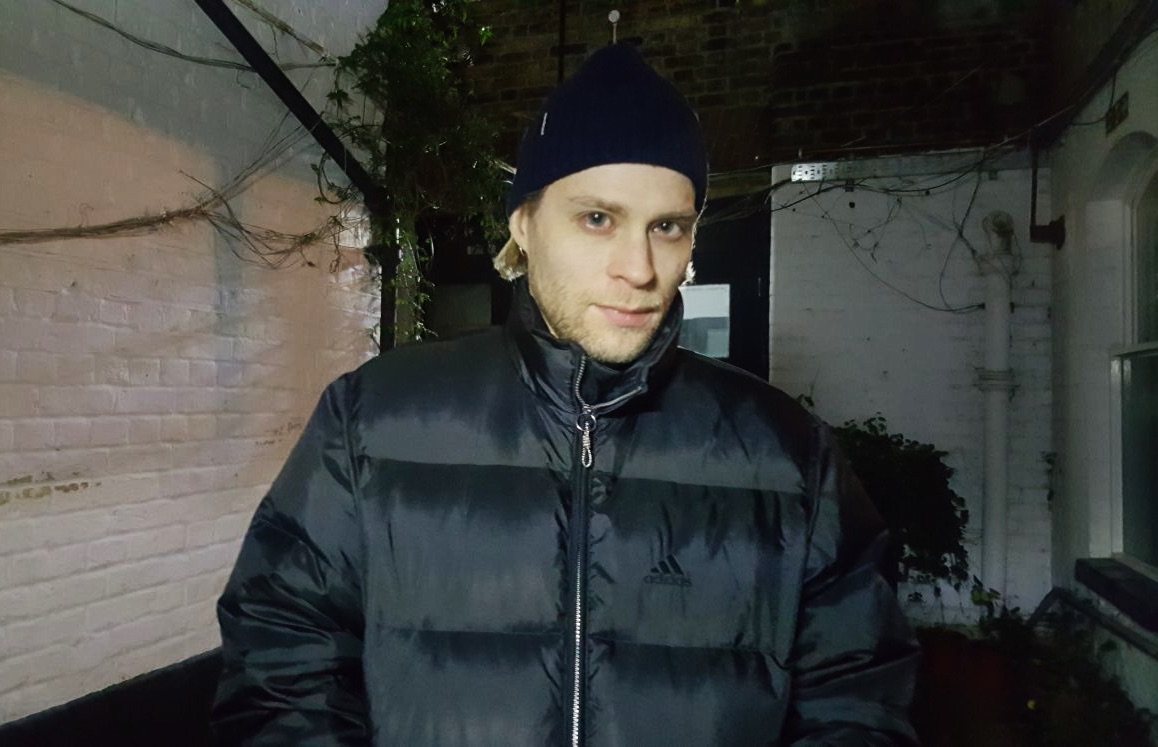
Interview with Libby Heaney
A series of interviews with SPACE Art + Technology artists in residence
What were you doing in the year leading up to the residency?
I’ve been creating participatory and moving image artworks exploring individual and collective identity and biases within machine learning systems. Machine learning systems are deployed and employed by big technology companies and governments to categorise us in order to sell us things and to control us. I’m interested in how the notions of play and processes like blurring and combining can help us move away from the alienating effects of ubiquitous technology and surveillance capitalism.
Last year I made a number of artworks exploring this collapse of boundaries between categories. One example is Elvis, which is a two screen video portrait of me as Elvis and him as me. I used AI deepfake technology to swap our faces, so his face is on my female body and vice versa. The work questions the notions of the male author genius and asks: do I need to have a male body to be taken seriously as an artist? What would the world be like if the King of Rock and Roll was a womxn. The piece responds to historical and current gender inequalities in the arts in general. After I made Elvis, I ran the footage through many common facial recognition systems, which were generally confused about the gender of the hybrid versions of me+Elvis in both videos.
What are you working on at the moment?
For my SPACE Art + Tech residency, I’m continuing to research the body in relation to machine learning and art. I’m interested in how historic and cultural biases of representations of the body in art are now being translated into machine learning algorithms. I’m currently mapping the main data sets of bodies that are used to train machine learning algorithms to recognise and classify poses. I’ve investigated two of the most frequently used data sets so far and they all contain actors/models who are only able bodied, who are aged between 20 and 40, who are mostly slim (with the exception of one person) and that contain no black people at all. I’m talking to researchers at a major tech company working on these data sets. I’m then drawing parallels between this to depictions of the body in the western art canon.
I’m currently planning a workshop where I will lead a yoga-inspired class for participants to work through and deconstruct the biases in art historical poses. The participants will be invited to create a new data set from their movements. I’m interested in the question: how are play and labour used to both create and disrupt historical and cultural biases in art and in machine learning data set?
How have you found the residency so far?
The residency has been great. The studio in Ilford is really conducive to work and I’m getting a lot done. (Ilford is really easy to get to from Hackney which was a surprise!). I’m really looking forward to holding the workshop there and seeing how the participants respond to the themes in my work.
What’s coming next?
I’m planning to use this research to make an arcade-style game that people can play and feel with their bodies.
Workshop: Art Pose Flow

Workshop: The Prime Directive

Workshop: The Last Resort

Workshop: The Algorithmic Self

Workshop: Supersaturation + Cloud-Writing

Interview with Chris Wood

Interview with They Are Here

Interview with Max Colson

Interview with Millicent Hawk

Interview with Otto Byström

Interview with Paul Wiersbinski


